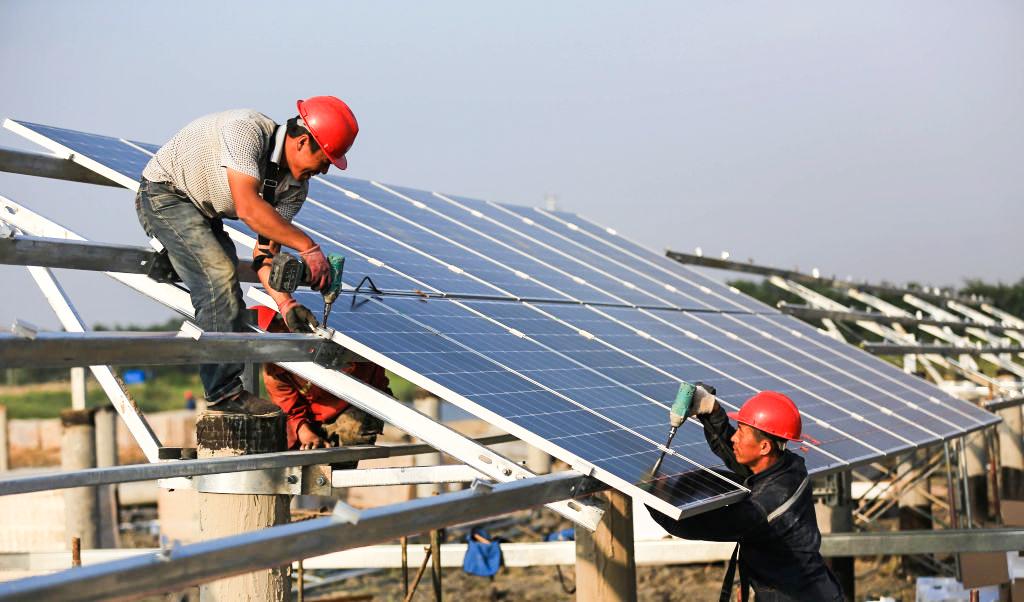An analysis by a nonprofit research group claims that the United Nations organization on climate change has been drastically underestimating the carbon intensity of Chinese-made photovoltaic cells.
Environmental Progress, a nonprofit organization co-founded by investigative journalist Michael Shellenberger, in collaboration with The Blind Spot and Italian analyst Enrico Mariutti, argue in a recently released report that Chinese-made solar panels are about three times as dirty—in terms of carbon emissions during their production—as what has been claimed by the Intergovernmental Panel on Climate Change (IPCC), the U.N. body for assessing climate change science.





